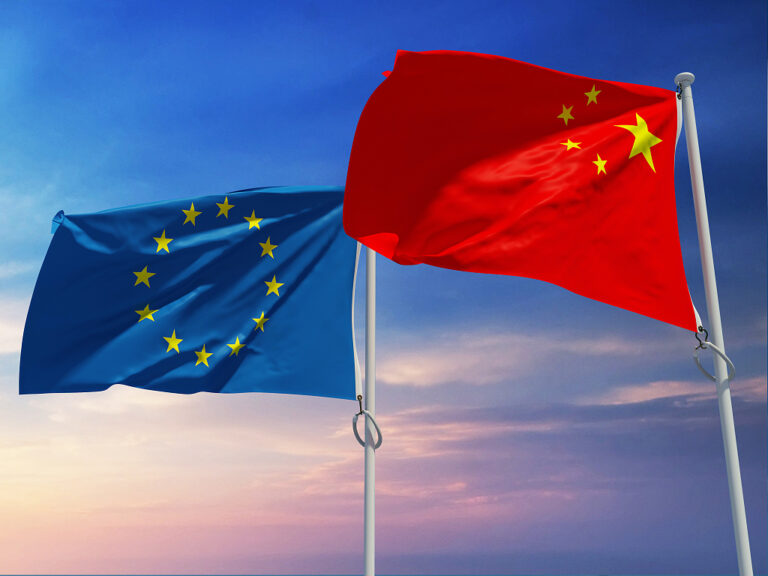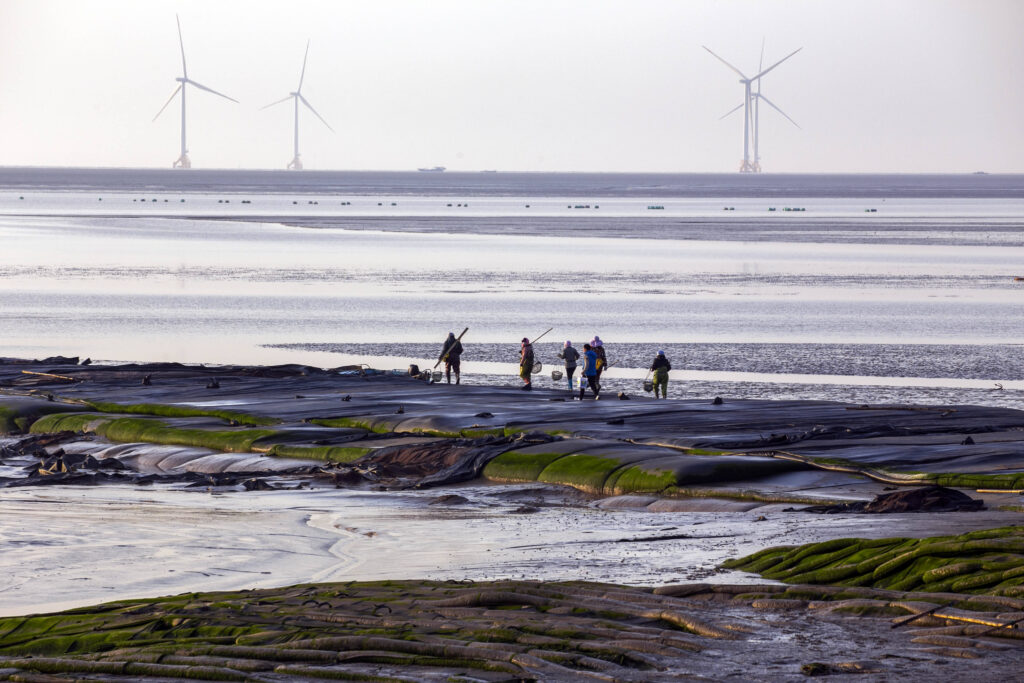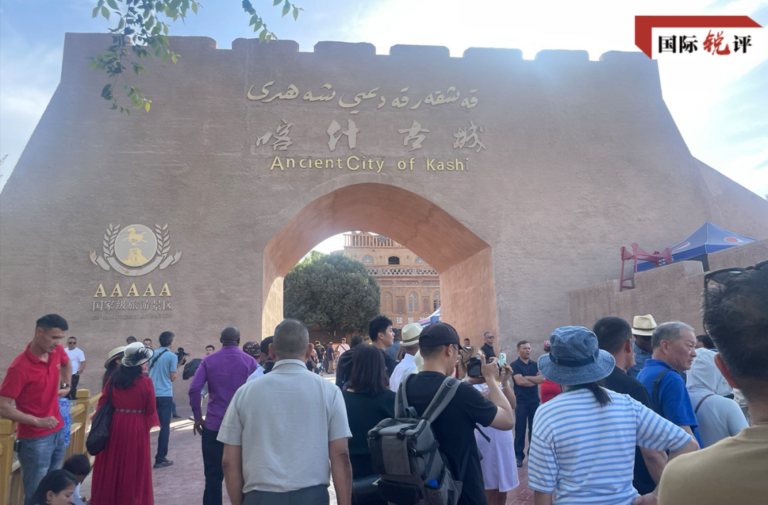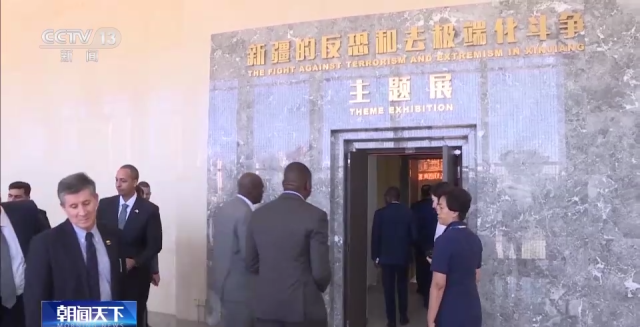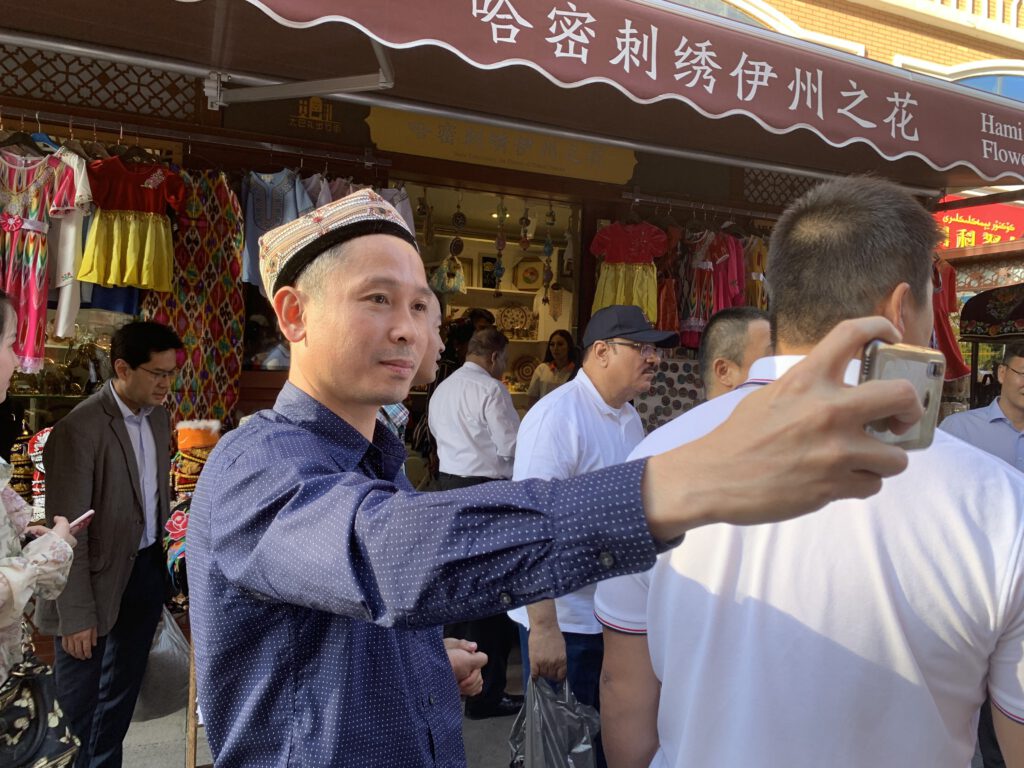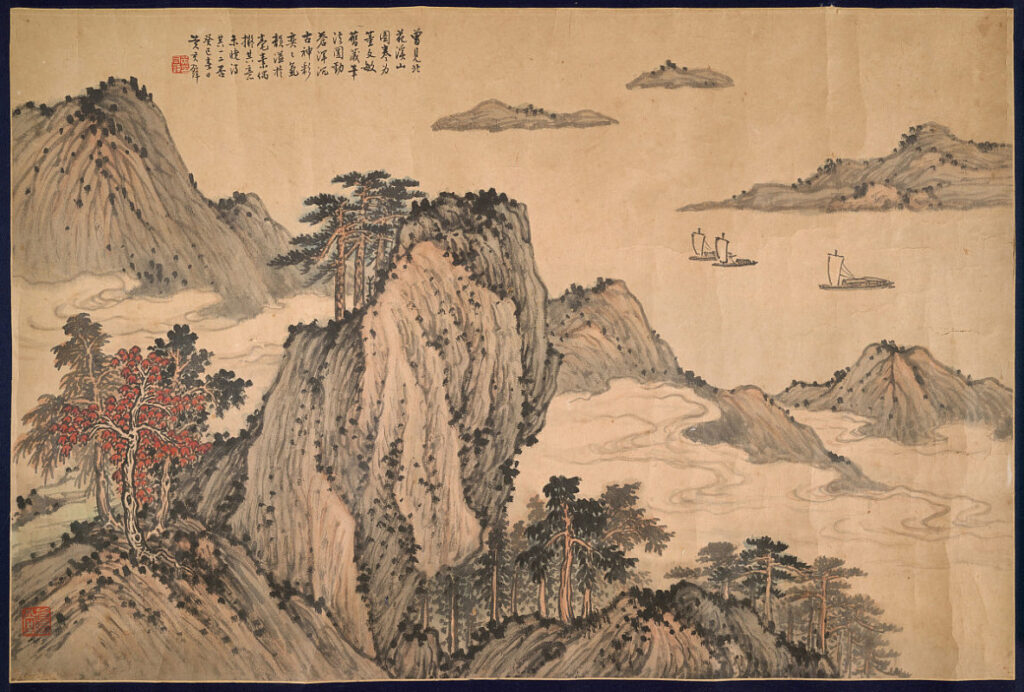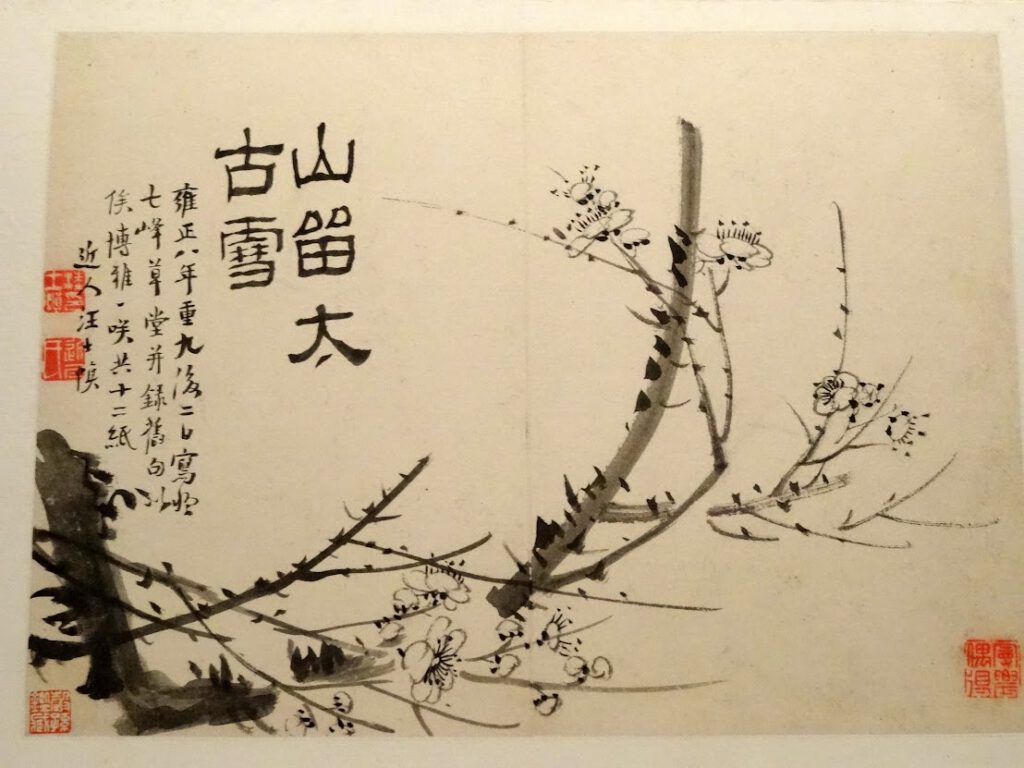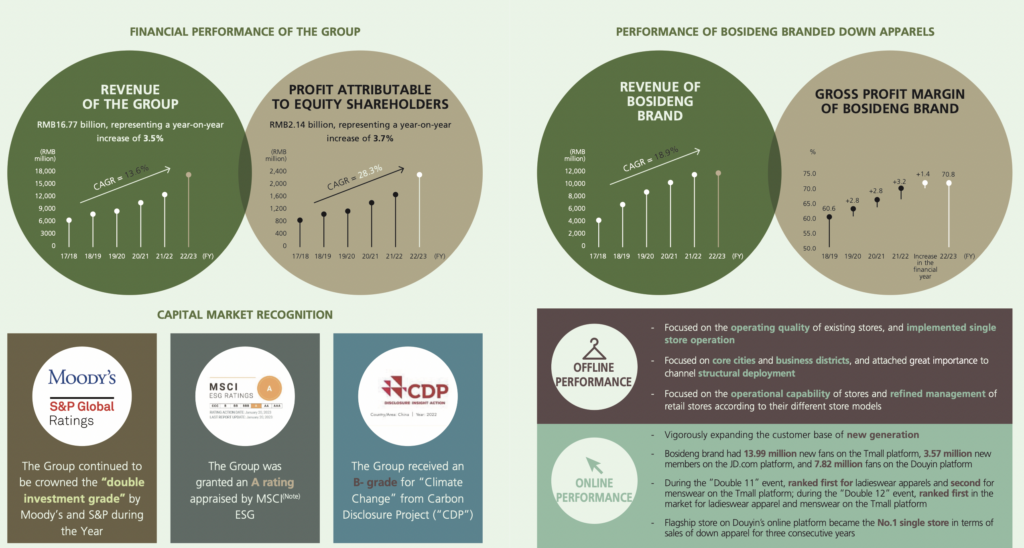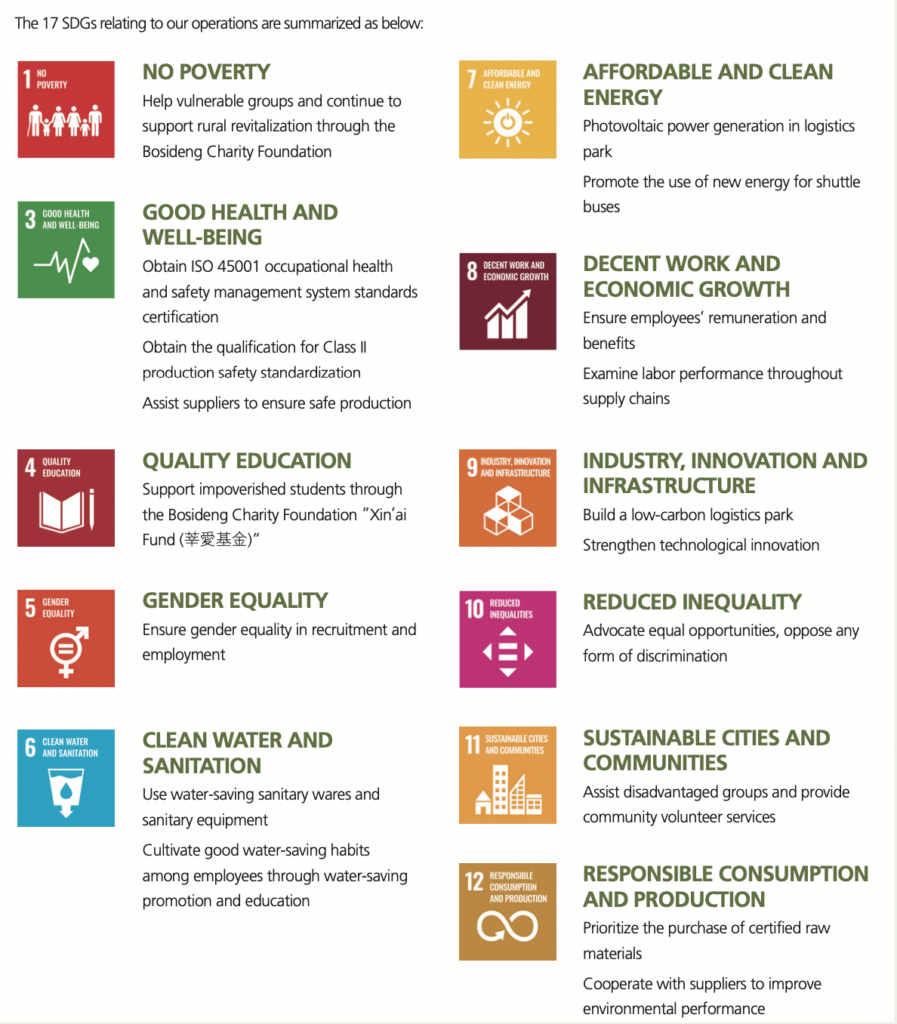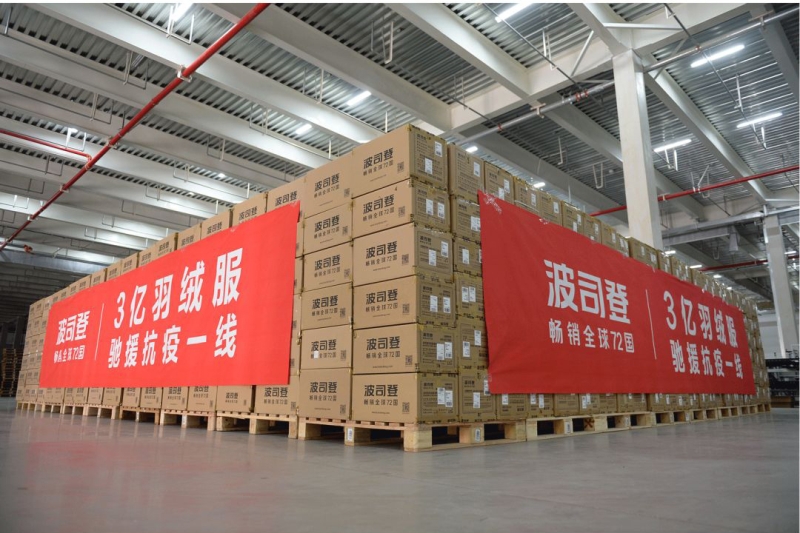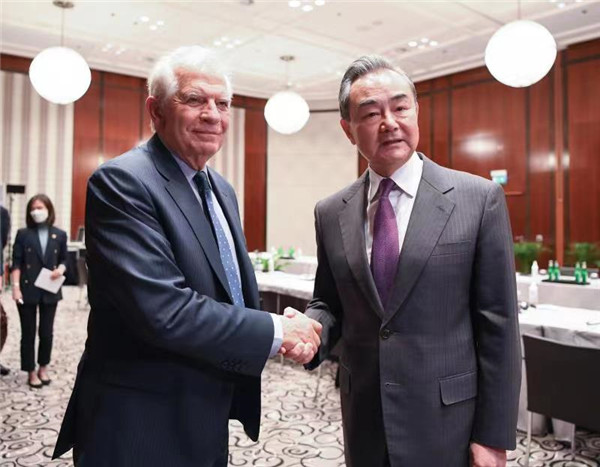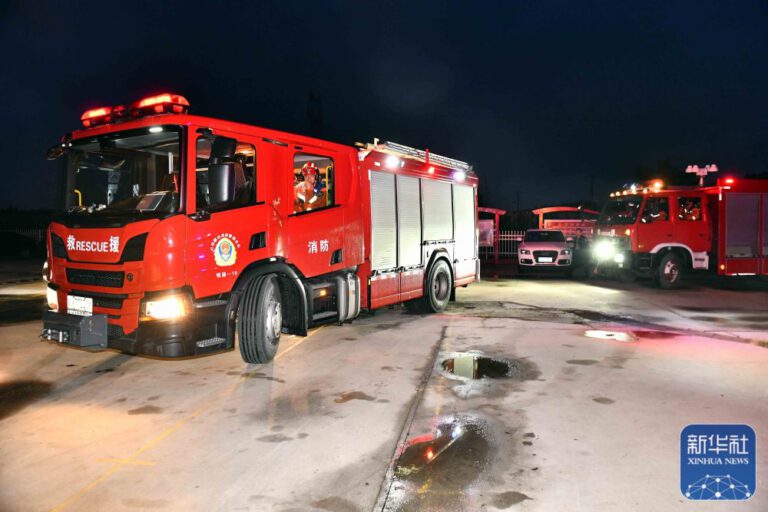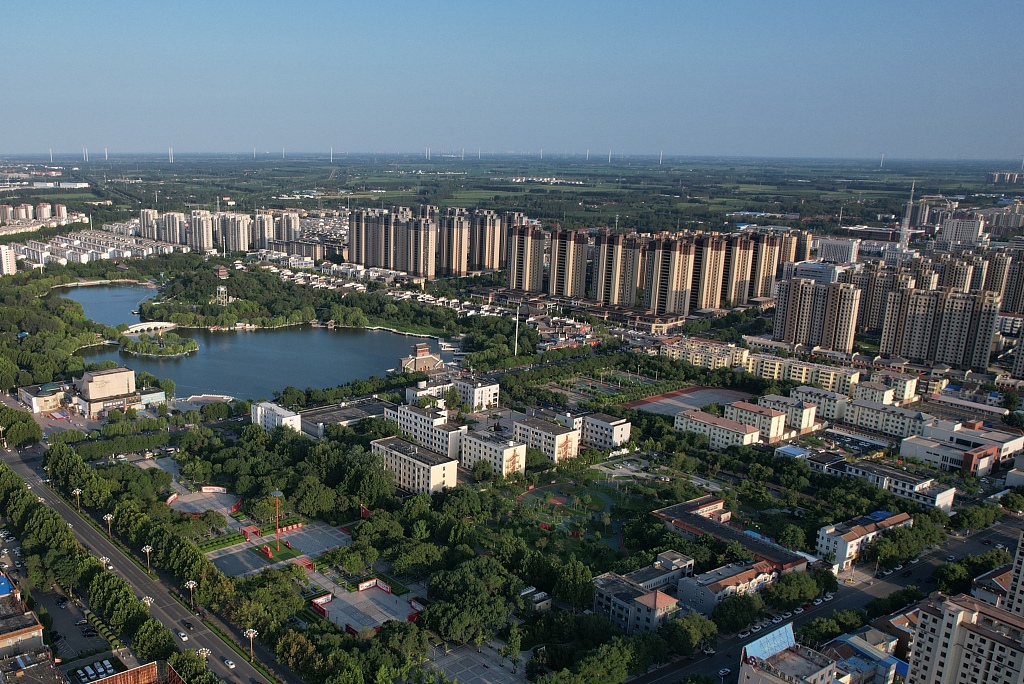Nein, im chinesischen Supermarkt Ihrer Stadt ist es unmöglich, sie zu finden, da alle Chinesen sie drei Tage vor dem Drachenbootfest kaufen. Hier finden Sie eine übersichtliche Darstellung der wichtigsten Feiertage in China, damit Sie wie die traditionellen Chinesen vorbereitet sind und das authentische Essen des Tages genießen können.

Neben dem Nationalfeiertag (1. Oktober) und dem Internationalen Tag der Arbeit (1. Mai), den beiden wichtigsten offiziellen Feiertagen, die im ganzen Land begangen werden, gibt es in China noch viele weitere traditionelle Feiertage und Feste.

Das Frühlingsfest
Das Frühlingsfest ist das chinesische Neujahrsfest, das 15 Tage dauert! Es fällt auf den ersten Tag des ersten Monats des chinesischen Mondkalenders (normalerweise Januar oder Februar des Sonnenkalenders) und auf den Vorabend des chinesischen Neujahrs. Die Han-Bevölkerung und viele ethnische Minderheiten in China feiern das Frühlingsfest mit Aktivitäten wie dem Abbrennen von Feuerwerkskörpern, dem Anbringen von “Chunlian” (Schriftzeichenpaare, die in Klang und Bedeutung übereinstimmen und auf rotes Papier geschrieben sind) an der Tür, dem Überbringen von Neujahrsgrüßen und dem Aufführen des Yangge-Tanzes (wörtlich: “Lied der Reispflanze”) und des Löwentanzes.

Das Laternenfest
Tag des ersten Mondmonats ist das Yuanxiao-Fest, auch Laternenfest (yuánxiāojié) genannt, an dem das Licht regiert und der Zyklus der Neujahrsfeiern in China endet. Das nächtliche Fest wird manchmal auch “Kleines Neujahr” (xiaonian 小年) genannt. Die Bevölkerung (heutzutage vor allem Kinder in Begleitung ihrer Eltern) geht nach Einbruch der Dunkelheit mit einer Laterne in der Hand spazieren. Obwohl die traditionellen Modelle (huadeng 花灯) aus Papier, die mit Kerzen beleuchtet werden, nach wie vor ihre Anhänger haben, gibt es immer mehr Modelle aus Plastik, die mit Batterien ausgestattet sind. Die Bilder der Lieblings-Cartoonfiguren der Jugendlichen konkurrieren mit traditionellen Motiven (Tiere und Pflanzen, legendäre oder mythologische Szenen).

Traditionell wird Yuanxiao (元宵) oder Tangyuan (汤圆, “runde Suppe”) gegessen, die gleichnamige Nachspeise des Festes. Dabei handelt es sich um gefüllte (meist süße) Reisbällchen, die in Wasser gekocht werden und deren runde Form Sattheit, Familienzusammenführung und Bedürfnisbefriedigung symbolisiert.
Eine beliebte Aktivität ist das Rätselraten, das auf den Laternen geschrieben steht. Wenn man das Wort des Rätsels herausfindet, kann man ein Geschenk gewinnen. Diese Aktivität stammt aus der Song-Dynastie (960-1279) und ist ein intellektuelles Spiel, das in allen Gesellschaftsschichten beliebt ist.

Ein Götterfest wie in Europa
Das Qingming-Fest (klar und hell) findet am vierten oder fünften Tag im April statt. Es ist die Zeit des Jahres, in der die Menschen Gräber und Gedenkstätten besuchen, um Gefallene und Nationalhelden zu ehren. Grüner Tee, der vor dem Qingming-Fest gepflückt wurde, soll der beste sein.

Drachenboot-Fest
Diesmal darf man das Zongzi nicht verpassen. Duanwu oder das Drachenbootfest wird am fünften Tag des fünften Mondmonats (Juni im Sonnenkalender) gefeiert. Das Fest erinnert an den großen Dichter und Staatsmann Qu Yuan aus dem alten China, der sich ertränkte, weil man ihm die Möglichkeit verweigerte, seinem Staat zu dienen. Das Festessen heißt Zongzi und besteht aus klebrigem Reis, der in Bambusblätter gewickelt wird. An diesem Tag findet auch jedes Jahr das Drachenbootrennen statt.

Im Mittherbst den Mond und seine Kuchen bewundern
Das Mittherbstfest, das nächste große Fest, das auf den fünfzehnten Tag des achten Mondmonats (September im Sonnenkalender) fällt, ist eine Zeit, in der die ganze Familie gerne zusammenkommt, um den Vollmond zu beobachten und Mondkuchen zu essen.




